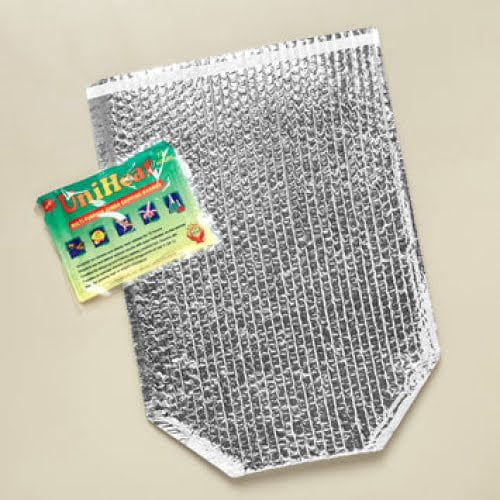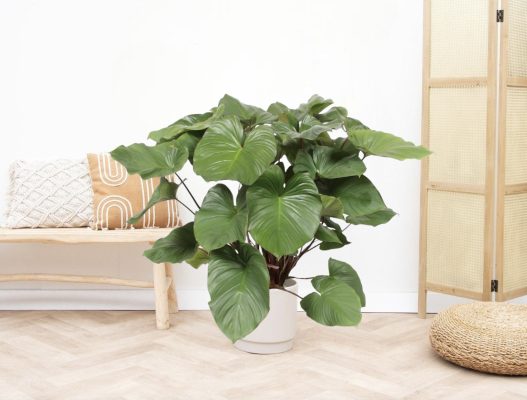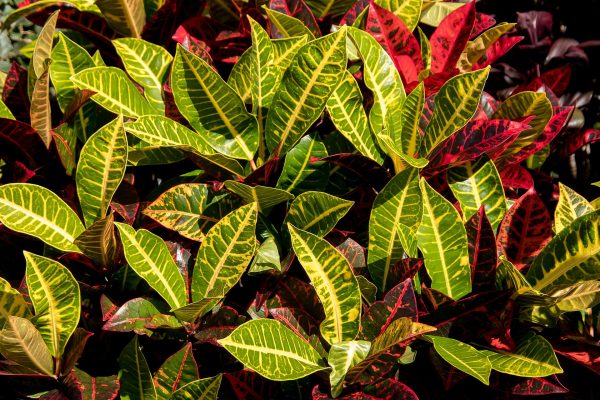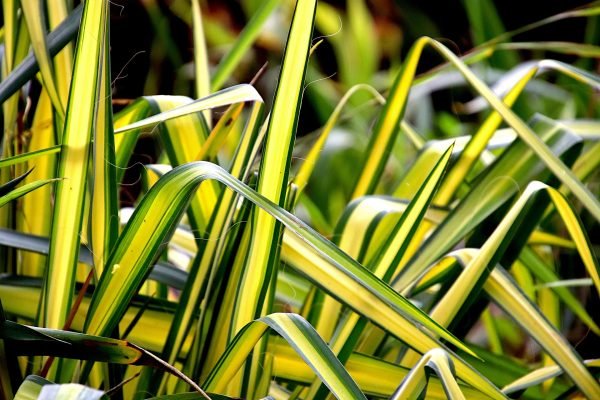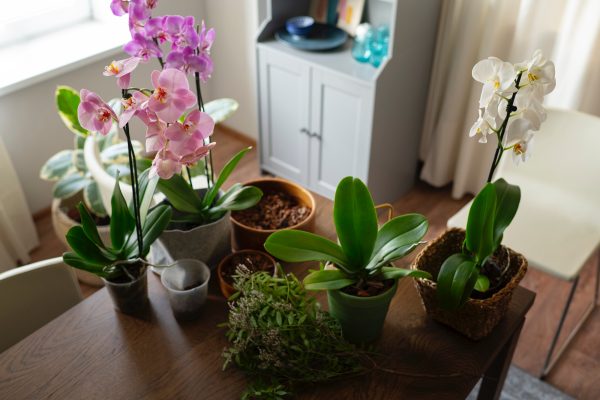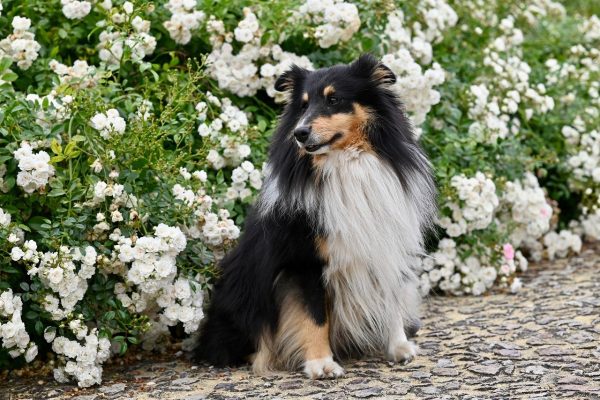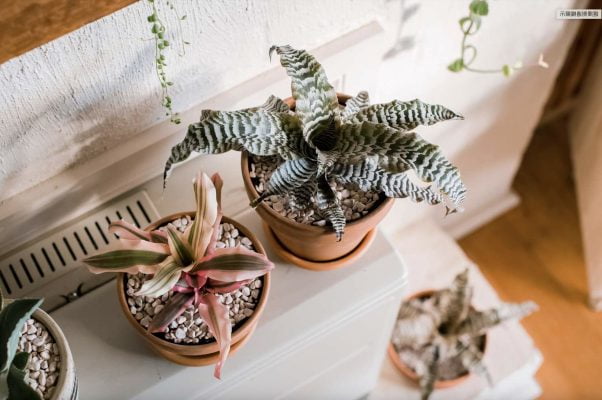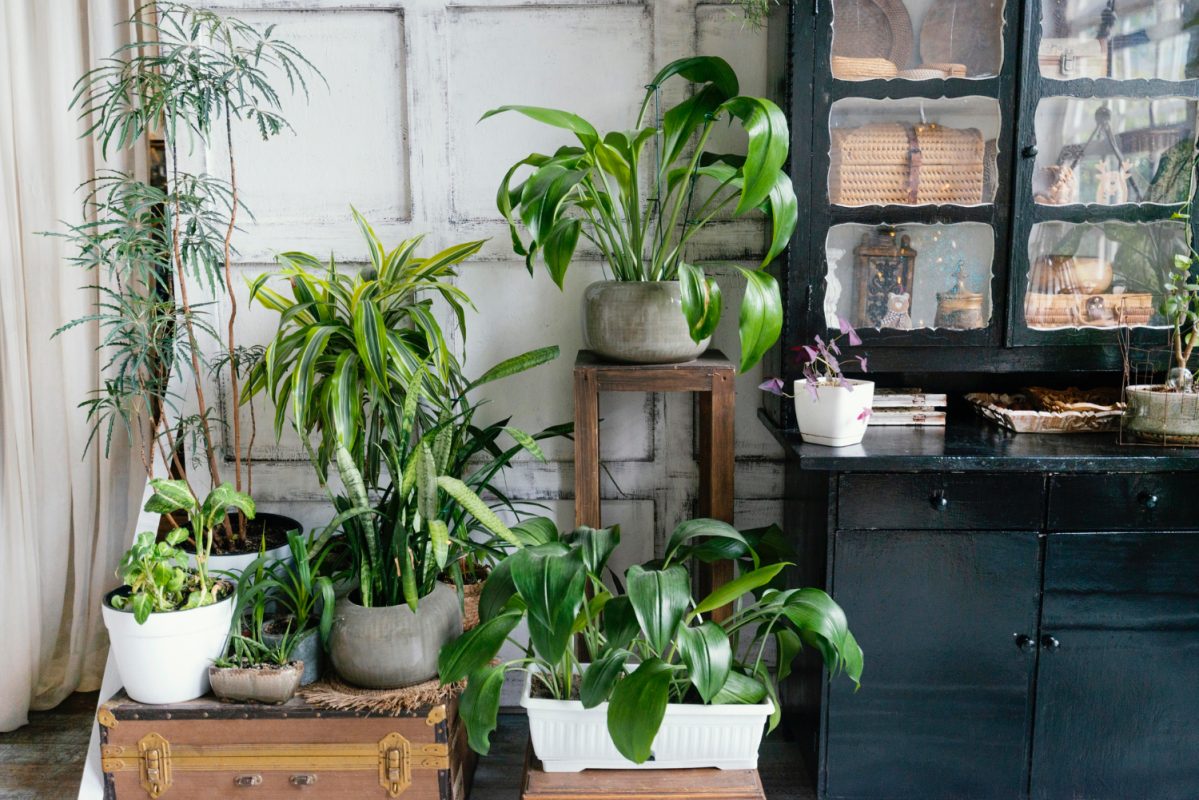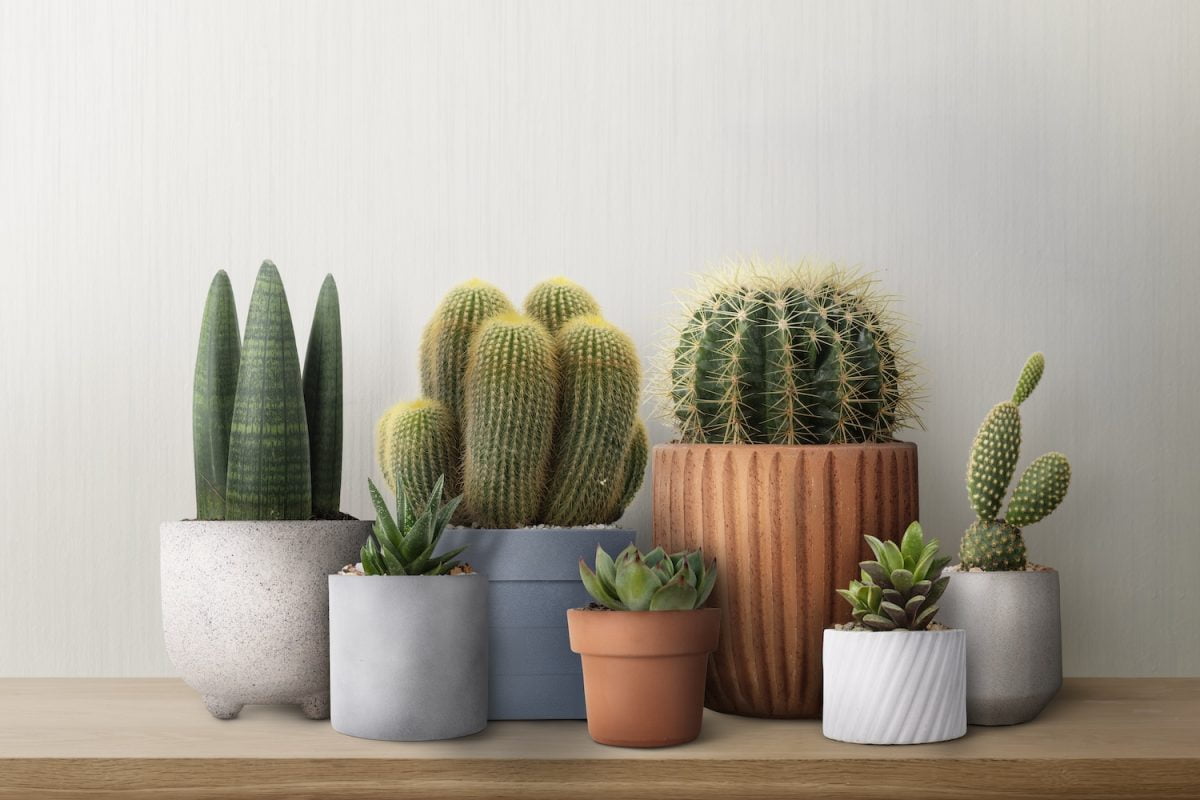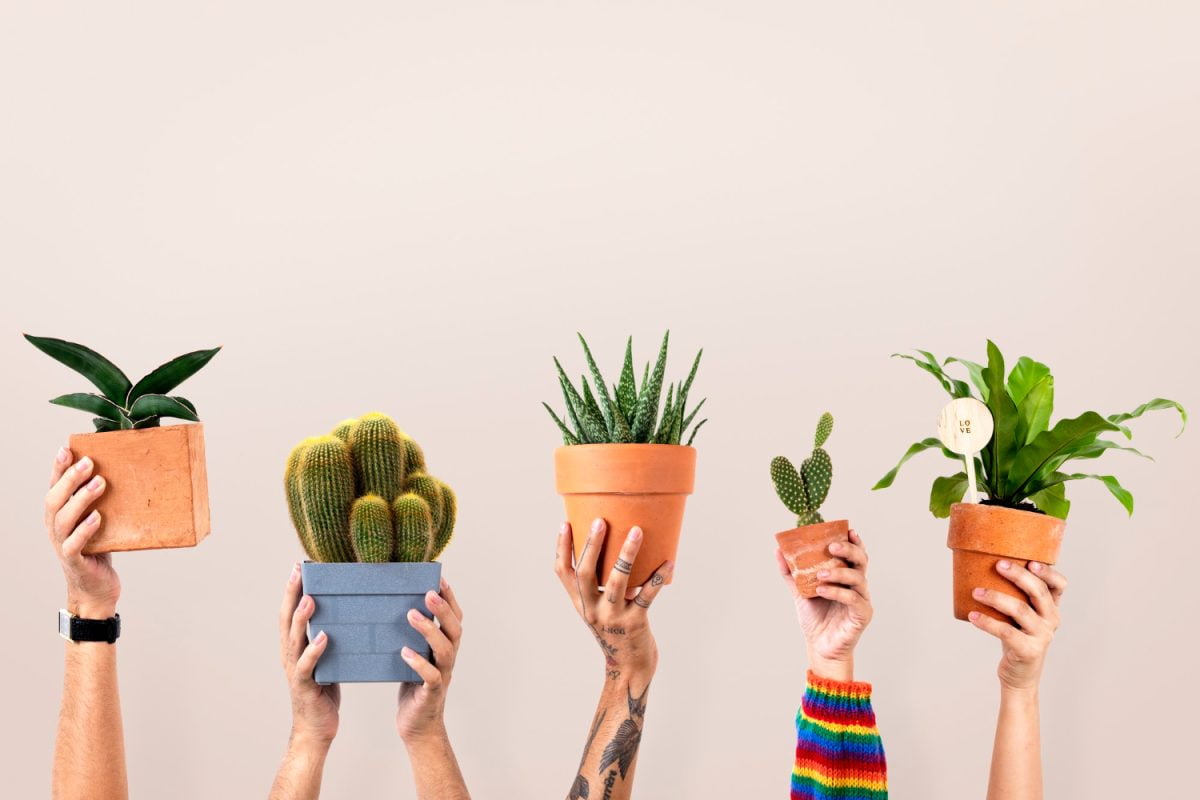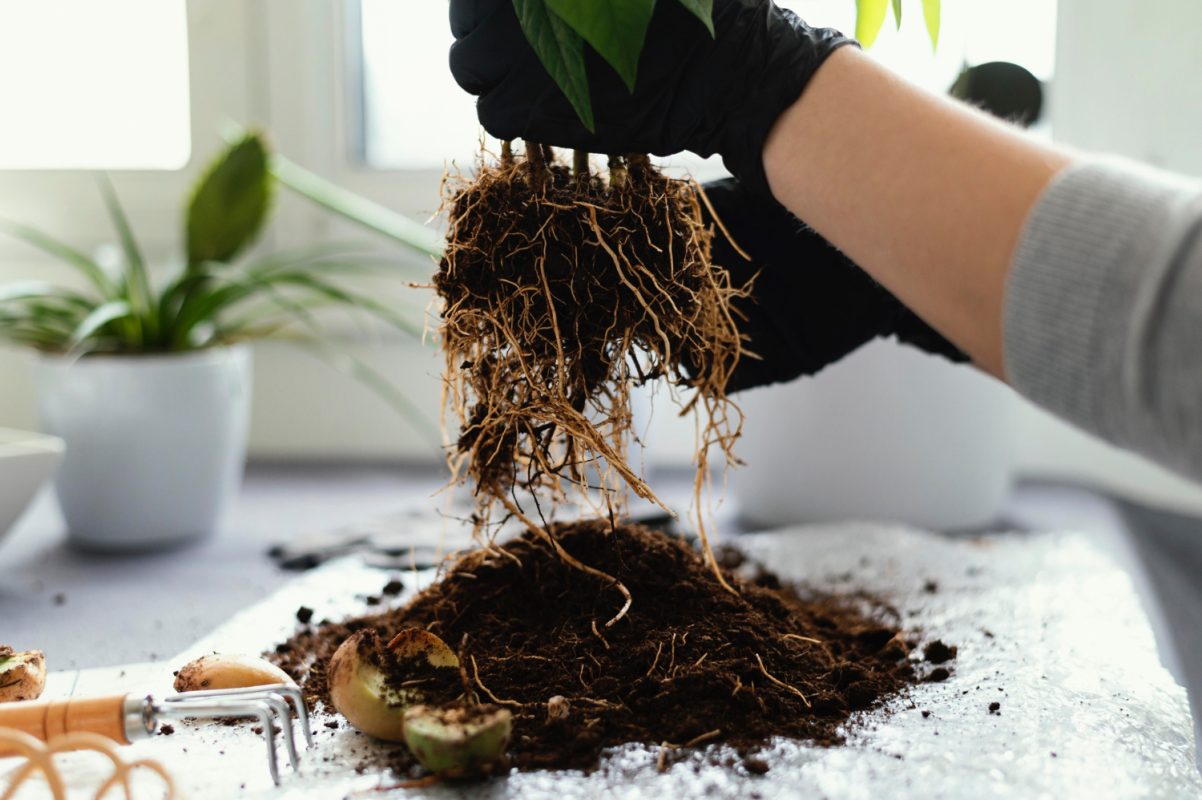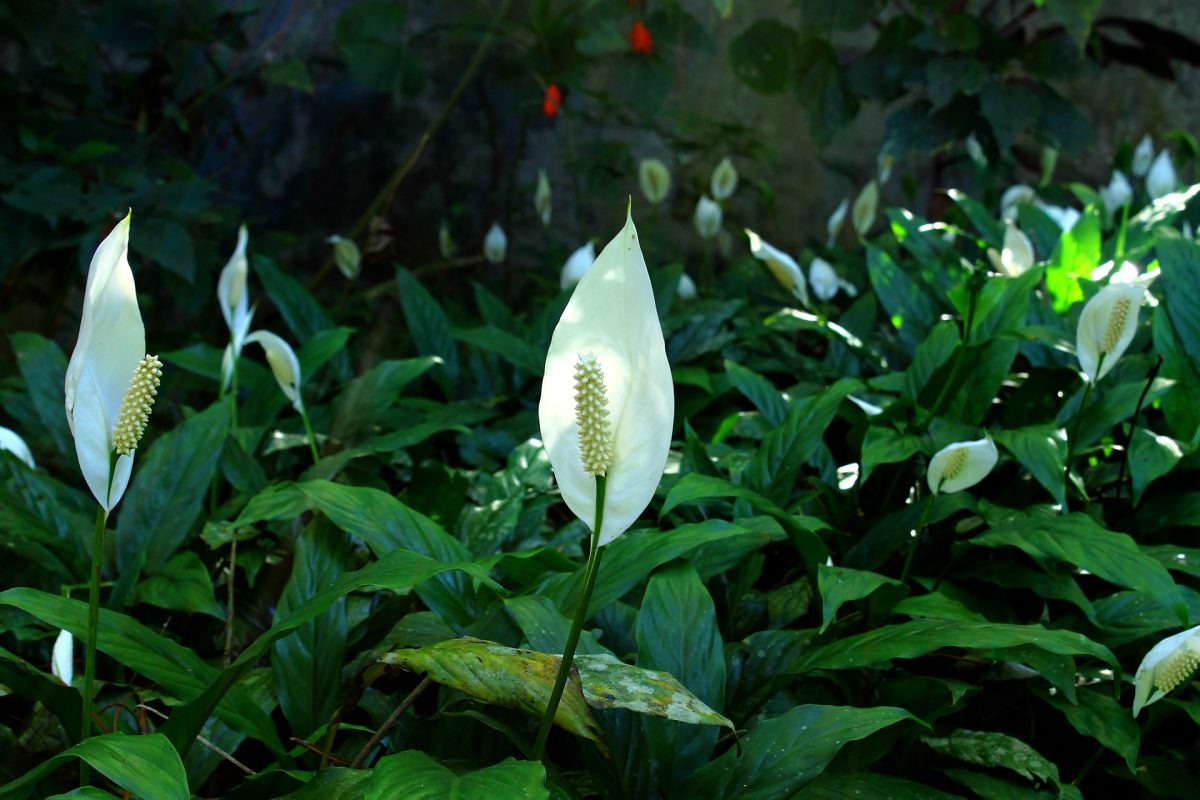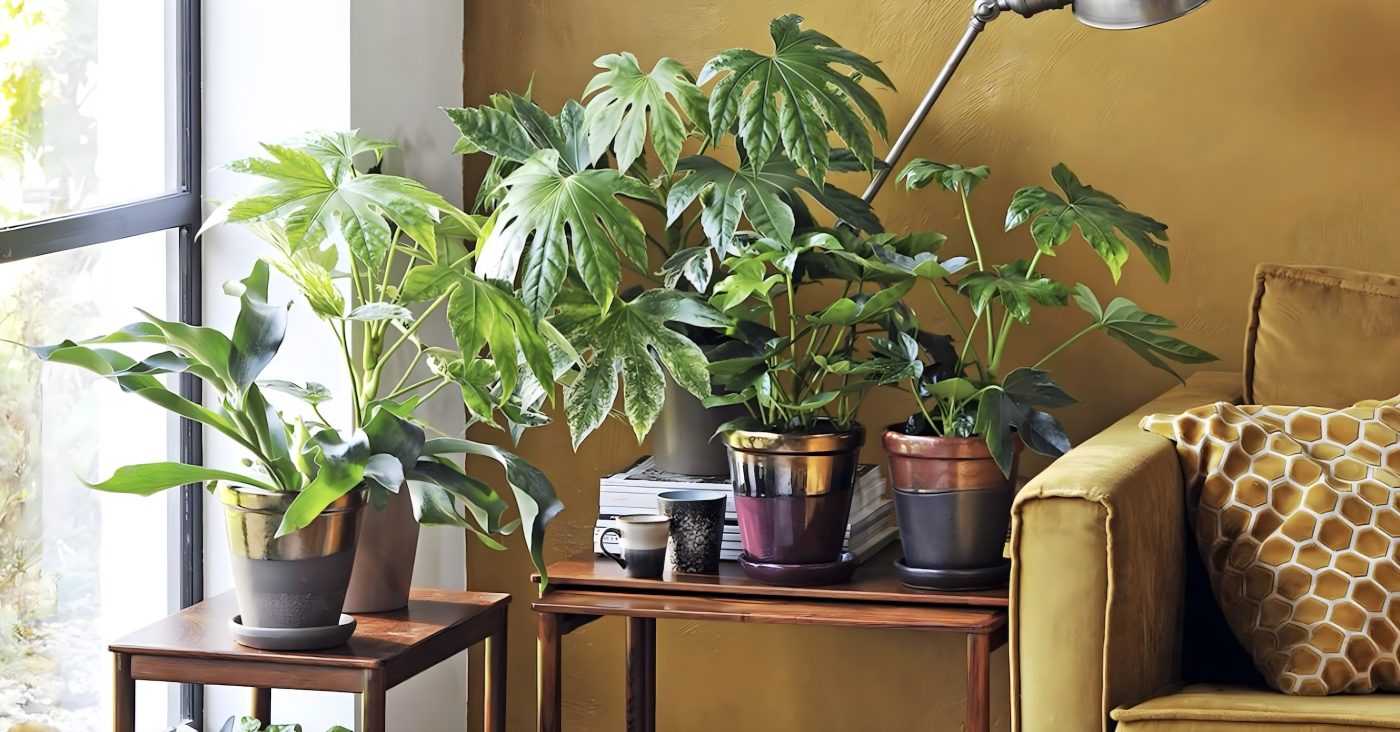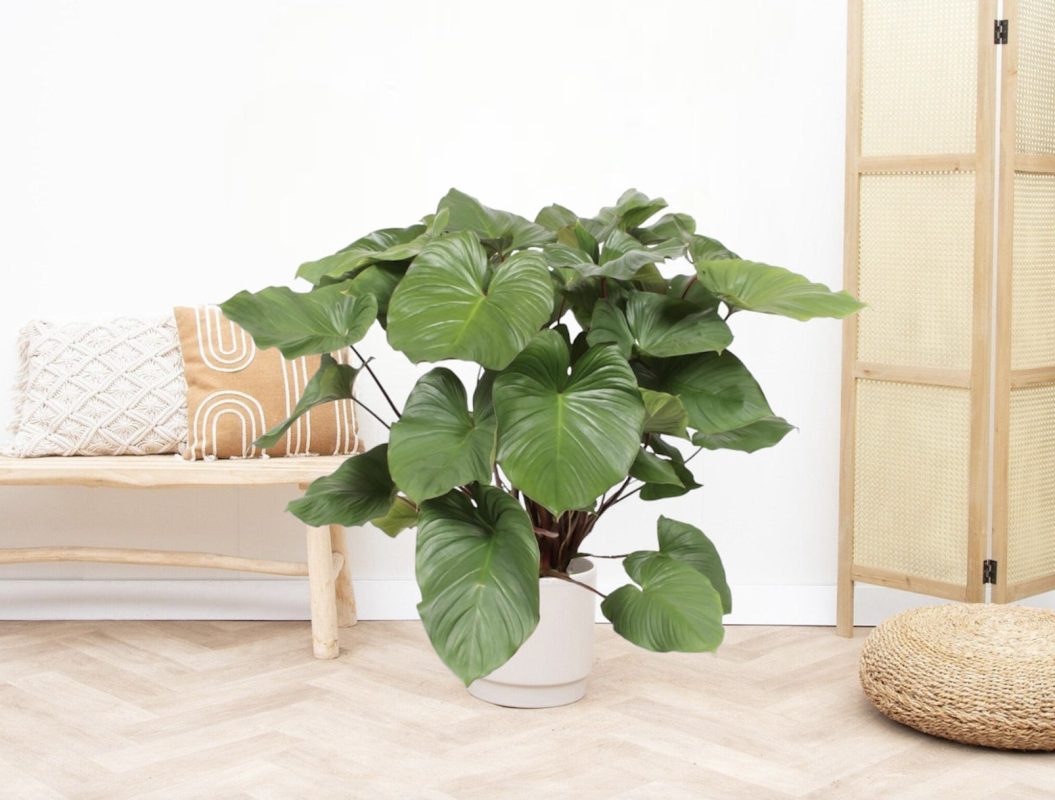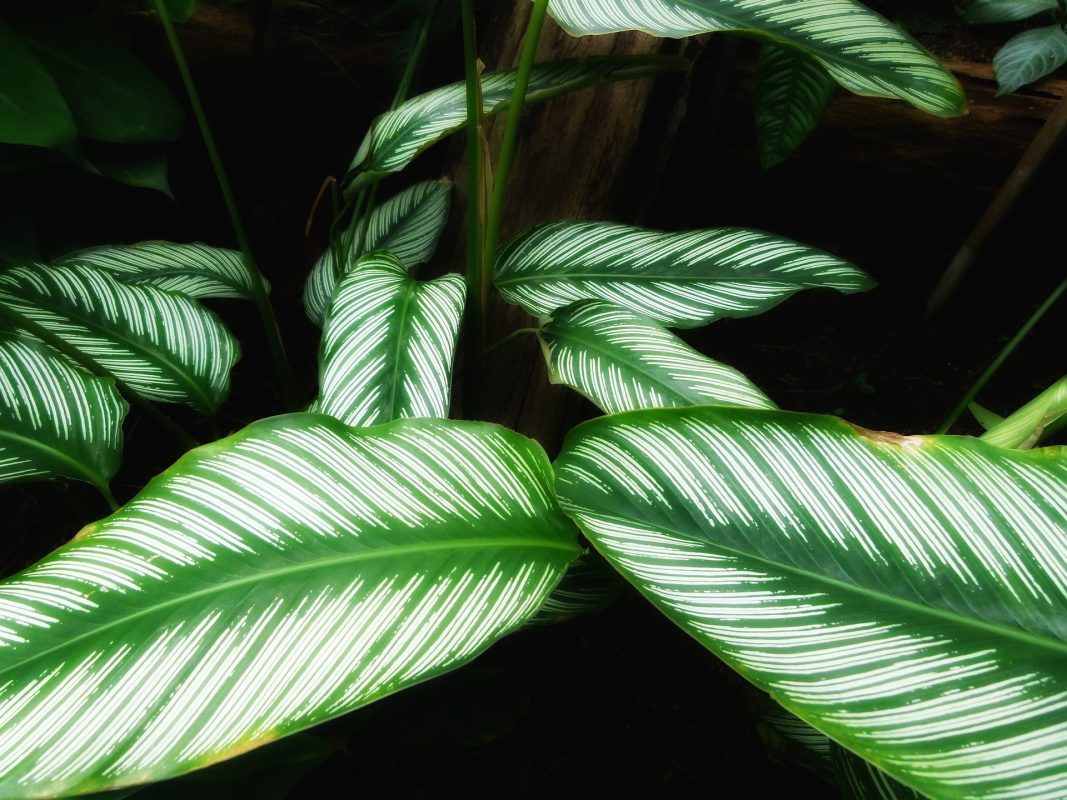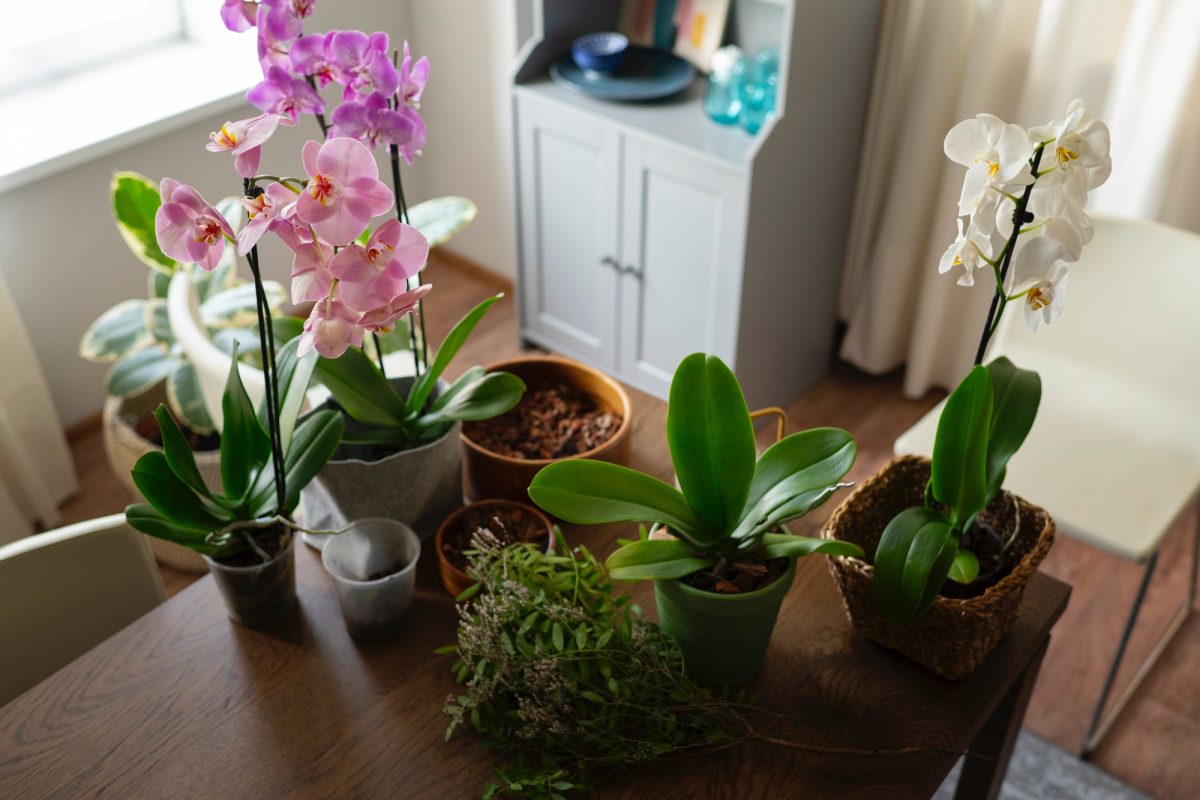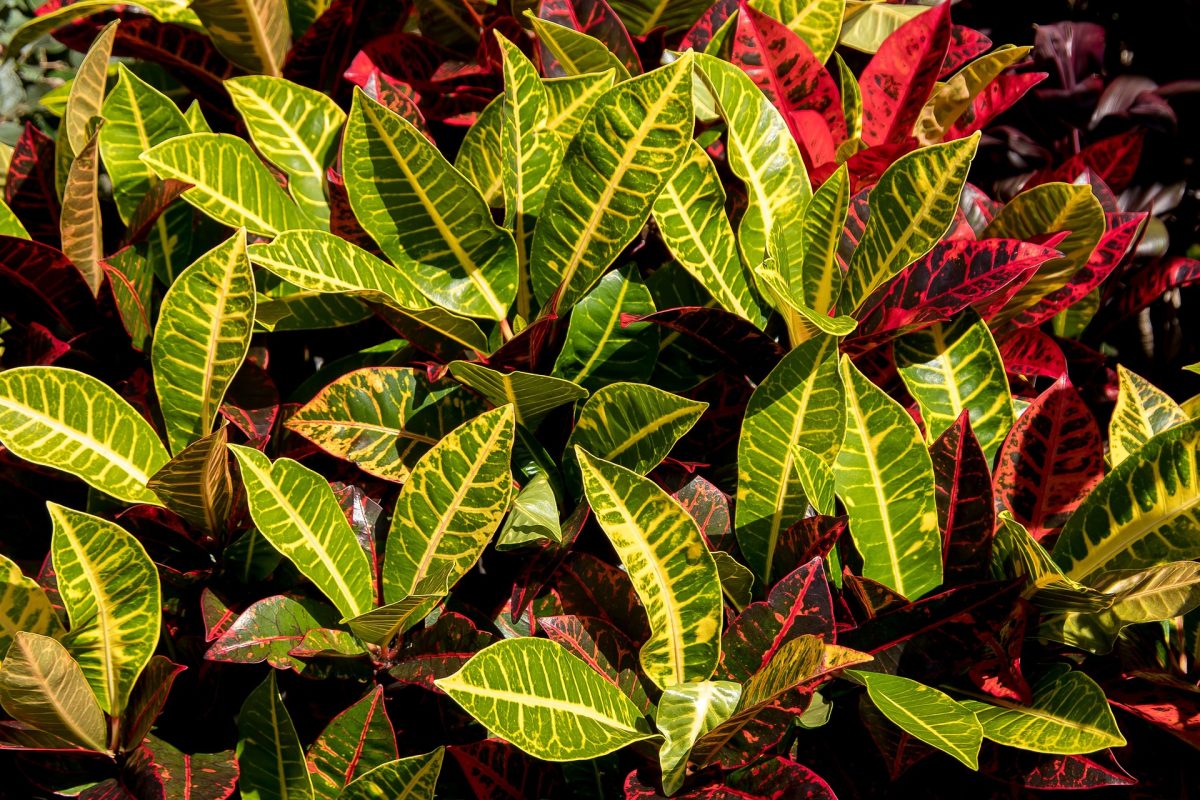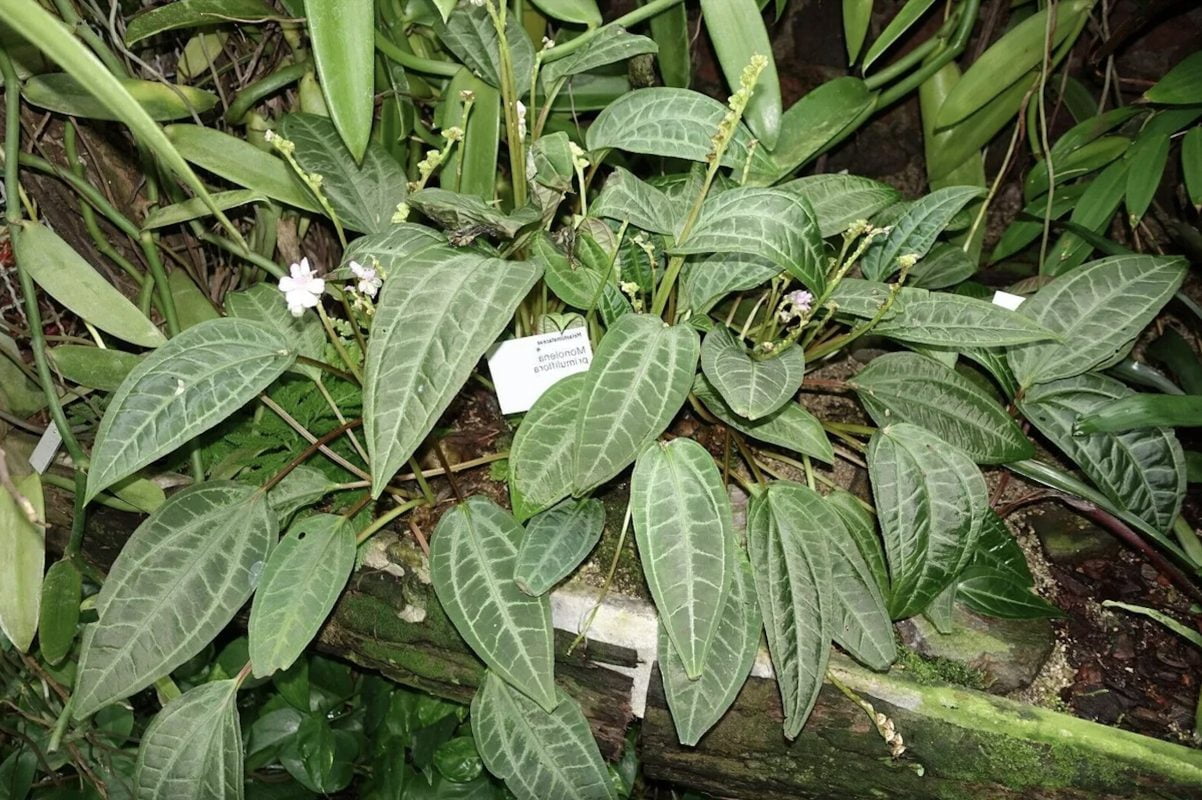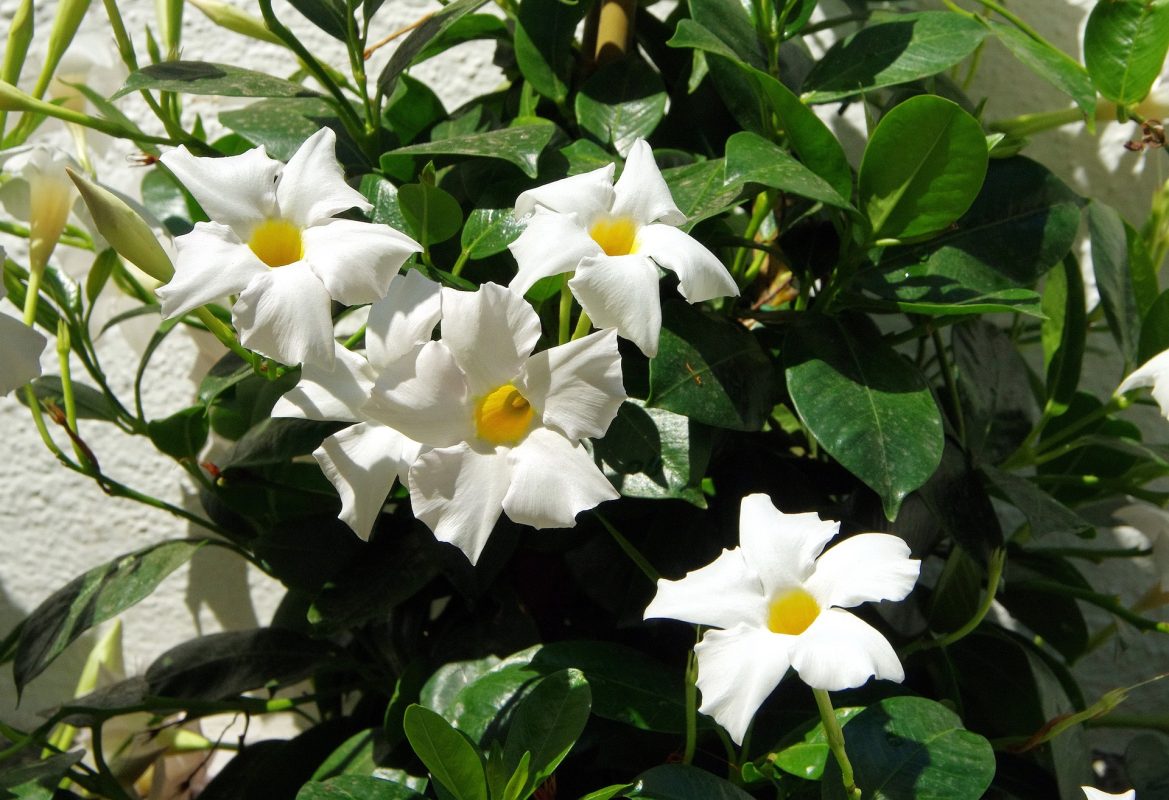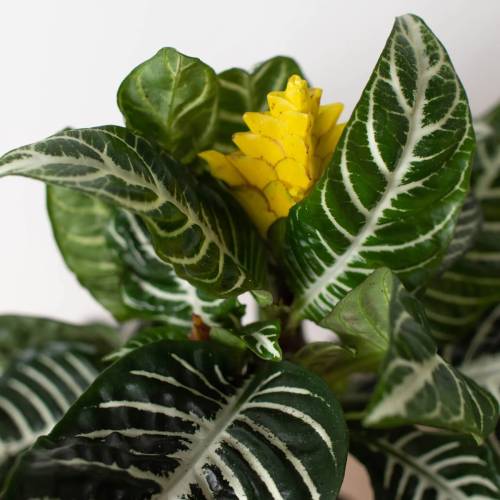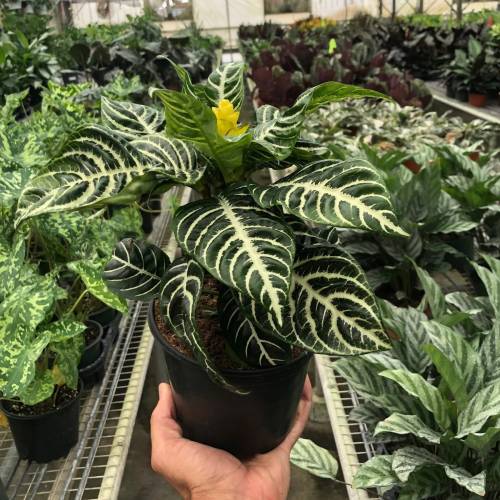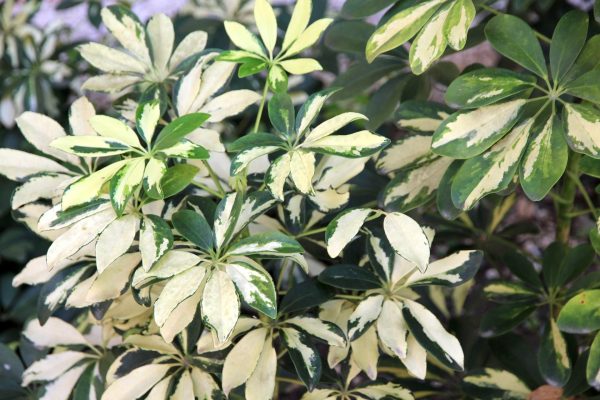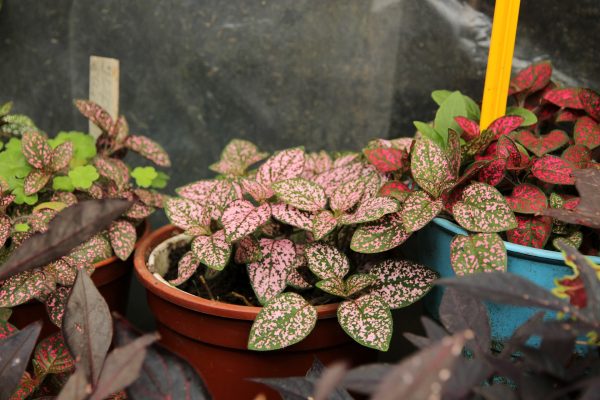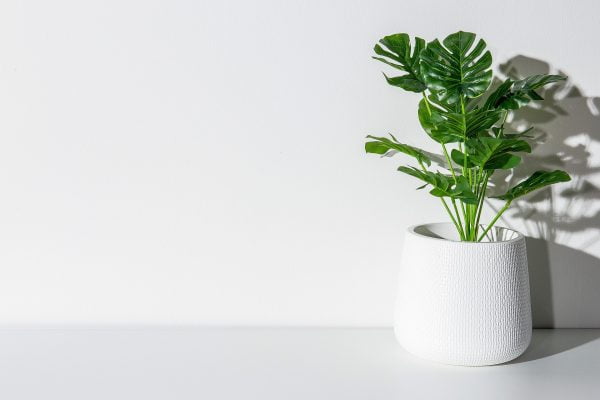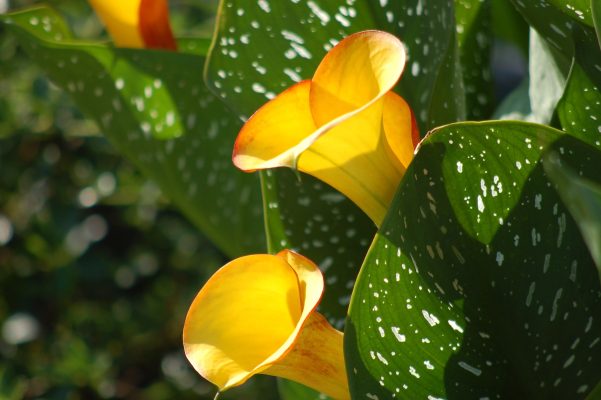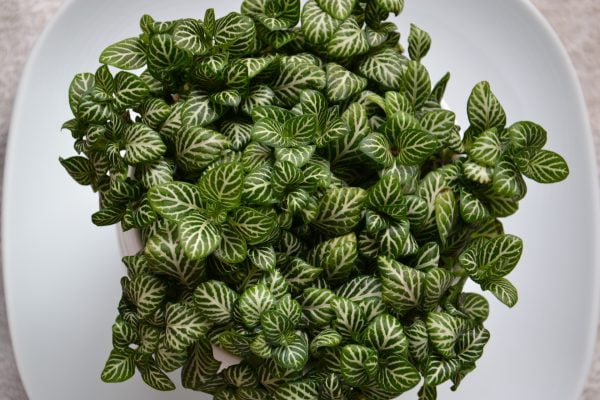The Zebra Plant, celebrated for its distinctive striped foliage and vibrant bracts, is a captivating houseplant that brings a touch of the tropics indoors. This comprehensive care guide is your key to cultivating the striking charms of Aphelandra squarrosa, guiding you through the steps to encourage bold growth, maintain optimal conditions, and infuse your living space with the natural allure of this unique species.
I. Plant Overview:
- Scientific Name: Aphelandra squarrosa
- Common Names: Zebra Plant, Zebra Haworthia
- Origin: Native to Brazil.
II. Light Requirements:
- Ideal Conditions: Bright, indirect light. The Zebra Plant thrives in well-lit areas.
- Tolerance: Adaptable to lower light conditions, but variegation may diminish.
III. Watering:
- Frequency: Keep the soil consistently moist but not waterlogged. Water when the top inch of soil feels slightly dry.
- Water Quality: Use room-temperature water. Zebra Plants appreciate higher humidity levels.
- Humidity: Adapts well to average indoor humidity levels.
IV. Soil:
- Type: Well-draining potting mix. A mix for tropical plants or a blend of peat, perlite, and pine bark is suitable.
- pH Level: Slightly acidic to neutral (pH 6.0-7.0).
V. Temperature and Humidity:
- Temperature: Maintain a warm environment between 65-75°F (18-24°C).
- Humidity: Zebra Plants appreciate higher humidity levels. Regular misting or using a humidity tray is beneficial.
VI. Fertilization:
- Schedule: Feed every 4-6 weeks during the growing season (spring and summer).
- Fertilizer: Use a balanced liquid fertilizer, diluted to half strength. Reduce fertilization in the dormant season.
VII. Pruning and Maintenance:
- Pruning: Trim to control size and shape. Remove yellow or damaged leaves.
- Cleaning: Wipe leaves with a damp cloth to remove dust. Keep the plant clean for optimal visual appeal.
VIII. Repotting:
- Frequency: Repot every 1-2 years or when the Zebra Plant outgrows its container.
- Procedure: Gently lift the plant, inspect roots, and repot in fresh soil. Choose a container with drainage holes.
IX. Common Issues and Solutions:
- Brown Tips: Usually due to dry air. Increase humidity and maintain consistent watering.
- Yellow Leaves: Overwatering or underwatering. Adjust watering habits accordingly.
- Pests: Check for spider mites or aphids. Treat with insecticidal soap.
X. Display Tips:
- Showcase the distinctive foliage of Zebra Plants on tabletops or shelves.
- Combine Zebra Plants with other tropical varieties for a lush indoor jungle.
- Use decorative pots that complement the bold and exotic nature of the Zebra Plant.
Cultivating Zebra Plants unveils the unique and striking charms of this tropical gem. This guide empowers you to care for Aphelandra squarrosa, ensuring its vibrant beauty thrives and enriches the natural allure of your indoor environment. Happy gardening!
our recommendation
you may also want to know



